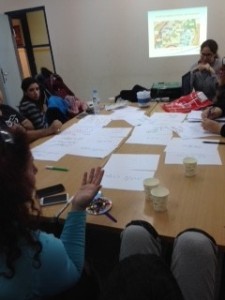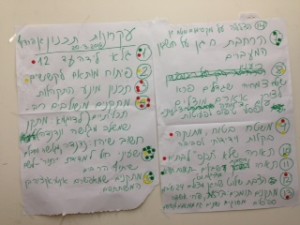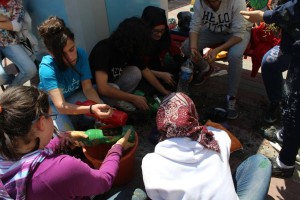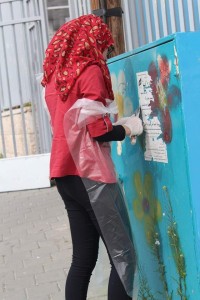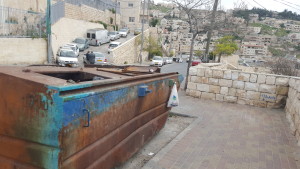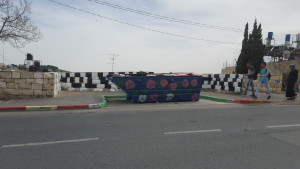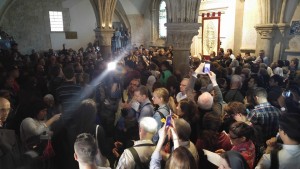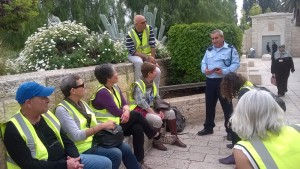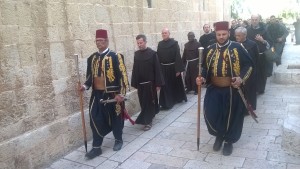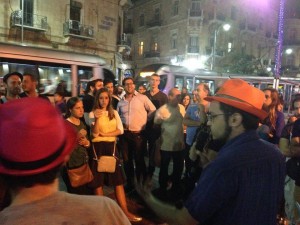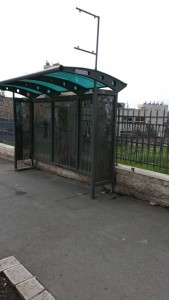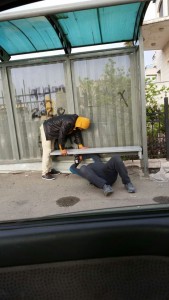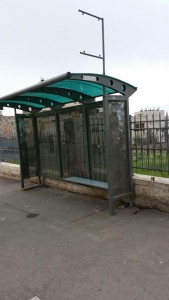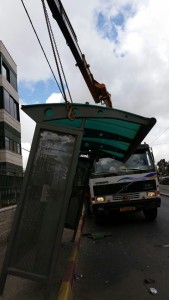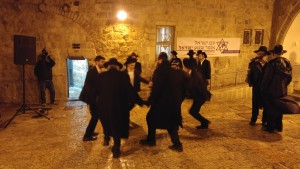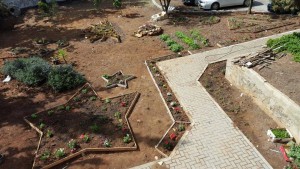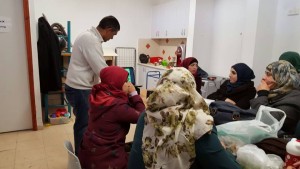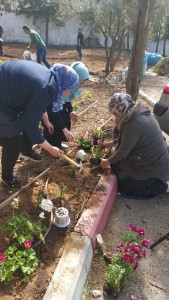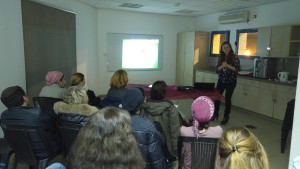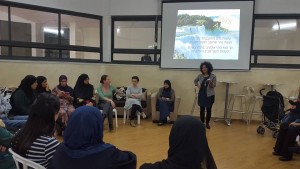Just in Time for Springtime! Planning New Playgrounds in Gilo
Just in time for springtime – we’re helping residents and professionals plan more playgrounds.
After the outstanding success on Afarsimon St., we, together with the Gilo Community Council staff, began an additional public process of planning public playgrounds in Gilo. This time, it’s on Harduf St.
Unlike the first playground, this time the initiative for the playground came from a Gilo resident, who complained to the local city planner about the noise that was coming from a neighboring playground. This began a long process in which the planner went through the appropriate channels in the Municipality while the resident recruited additional community members willing to fix the playground. On March 21, 18 residents, half of them children, as well as the Gilo Community Council staff and the regional planner from the Municipality, began planning a new playground. Residents raised ideas and discussed their needs, and drew up and prioritized design principles. The children actively participated in the discussion, in a most productive and inspiring way.
Examples of some of the principles:
- Appropriate for ages birth – 12
- Landscaping appropriate for senior citizens
- Planning that prevents crowds gathering
- Multi-purpose equipment (e.g. one piece of equipment that includes ropes and swings and bridges, etc.)
- Hourglass clock to time turns on the different equipment
- Expanding the playground instead of passageways
- Planting to enable shaded areas
- Soft, environmentally-friendly pavement
The list will be sent to the Municipality and will form the basis for its planning. The next meeting will take place with residents and Municipality representatives in the playground in order to present a number of alternatives and to reach agreement on the best planning for the playground.
It was a fascinating and effective meeting, and we are proud to be assisting the Gilo Community Council staff and residents in this process. Next month – a similar process on Shamir St.

